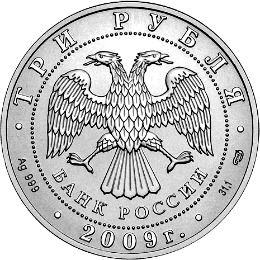Gold and silver have held significant cultural, economic, and symbolic value throughout history, serving as more than mere commodities. Their roles extend beyond currency, deeply entwined with human civilization and various cultural practices.
Historical Context
Gold’s allure dates back to ancient civilizations. The Egyptians, for instance, revered gold as a divine metal, often using it in burial artifacts to ensure a safe passage to the afterlife. Pharaohs adorned themselves with gold jewelry, symbolizing wealth, power, and immortality. Similarly, silver has been used since ancient times, often linked to purity and clarity. In the Roman Empire, silver coins became the backbone of trade, facilitating economic growth and demonstrating wealth across social classes.
Symbolism in Religion and Mythology
Both mint gold and silver feature prominently in religious texts and mythologies. In Christianity, gold symbolizes divine glory and kingship, as evidenced by the gifts of the Magi to the infant Jesus. Silver, on the other hand, is often associated with betrayal, as seen in Judas Iscariot’s thirty pieces of silver. In many cultures, gold represents the eternal, while silver signifies the earthly, creating a duality that resonates with spiritual and moral narratives.
Cultural Practices and Traditions
Gold and silver also play vital roles in various cultural rituals and traditions. In Hinduism, gold is considered auspicious, frequently used in weddings and festivals. The tradition of gifting gold jewelry symbolizes blessings and prosperity. In Chinese culture, both metals are integral during celebrations like the Lunar New Year, where they are believed to bring fortune and good luck. Conversely, silver often signifies commitment and love, frequently used in wedding anniversaries specifically the 25th where silver is given as a testament to enduring relationships. This practice reinforces silver’s symbolic ties to loyalty and longevity.

Economic Significance
Economically, gold and silver have served as standards for currency. The gold standard historically linked currency value to gold reserves, establishing trust in financial systems. Today, precious metals continue to be seen as safe-haven assets during economic turmoil, symbolizing stability and security. Investors often turn to gold and silver during times of uncertainty, reflecting their enduring reputation as reliable stores of value.
Artistic and Aesthetic Value
The aesthetic appeal of gold and silver is undeniable. Artists and craftsmen have utilized these metals to create masterpieces that transcend mere functionality. From intricate jewelry to elaborate coins, their beauty often embodies cultural identity and heritage. Coins, in particular, serve as miniature works of art, often engraved with significant historical figures or events, merging commerce with cultural expression navigate here https://westminstermint.com/.
Modern Context
In contemporary society, the symbolism of gold and silver continues to evolve. Gold is often associated with luxury and status, while silver represents modernity and innovation. The rise of cryptocurrency has introduced new dynamics to the traditional views of value and currency, yet gold and silver remain steadfast as tangible assets that connect us to our historical roots.
The cultural significance and symbolism of gold, silver bullion, and coins are profound and multifaceted. They represent wealth, power, spirituality, and stability across various cultures and eras. As humanity continues to evolve, the enduring legacy of these precious metals serves as a reminder of our shared history and the values that shape our existence.